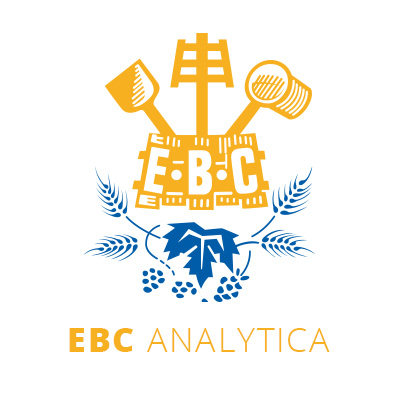-
24/10/2018
-
2984
- |
- Packaging and Packaging Materials
- |
-
2006
The method describes the procedure and criteria which should be considered in the visual examination of can bodies. Descriptors: single sampling plans for normal inspection, Internal contamination, Slivers, Cracked flange, Clipped flange, Thumb print pleats, No internal spray/mis-spray, Litho inside, Pinholes, Incomplete flange, No litho, Damaged cans, Double pleats, Wrinkled flange, External contamination, Bar code, Malformed bottom, Ink splashes or spottings, Scratches, Single pleat.
